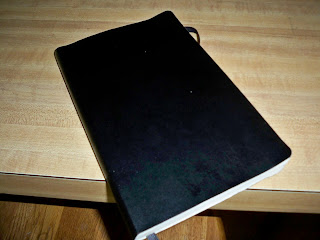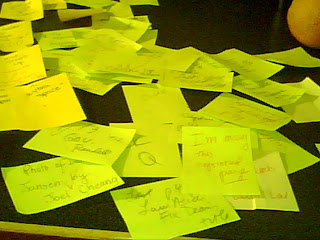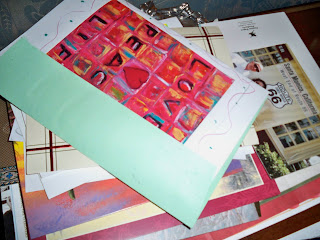By Heart
Apparently Socrates thought the written word was a step down from the oral tradition, which requires memorization, thought, the careful consideration of ideas. People who read, he says, “will seem to know many things, when they are for the most part ignorant.” The written word offers “the appearance of wisdom, not true wisdom.”
I can’t say that I completely agree with the philosopher on this one. But I do know how easy it is to read a book and a few weeks later have absolutely no idea what it said. And I do appreciate the power of the remembered phrase, of learning a poem or a verse “by heart.” Because the more you savor a particular combination of words, the more you love it. And because memorization liberates. Once we know the words, we carry their wisdom around with us; we are freed from the printed page. Being able to recite a few lines of poetry or prose, if only silently, lets us savor the rich thoughts of great writers and thinkers any time, any place. I wrote an essay about this a long time ago. To read it, follow this link: http://www.csmonitor.com/1990/1009/umem.html







